Autonomous Fuzzy Comprehensive Evaluation Method for Small Satellite Health State
-
摘要: 当前卫星地面测试系统实时属性突出,但由于对数据挖掘分析不足,难以实现卫星系统级的健康诊断,需人工完成综合评估,存在效率低、通用性差等问题。该文提出一种多层次异构卫星系统综合评估方法,依据数据中缓变量、急变量和关键变量的特性,分别实现基于高斯分布模型、长短期记忆模型(LSTM)和统计模型的单项评估生成单因素模糊向量,采用离差最大化方法实现层次分析法和熵权法的主客观权值向量组合,基于模糊综合评判的方法对卫星状态进行全面综合评价,实现评估流程的自动化和智能化。在小卫星半实物仿真平台进行系统验证,结果表明该评估方法能有效地对卫星系统的健康状态进行全面评估。Abstract: The current satellite ground test system has outstanding real-time attributes, but due to insufficient data mining and analysis, it is difficult to achieve satellite system-level health diagnosis. Comprehensive evaluation needs to be completed manually, and there are problems such as low efficiency and poor versatility. A comprehensive evaluation method for multi-level heterogeneous satellite systems is proposed in this paper. According to the characteristics of the slow, urgent, and key variables in the data, the single-item evaluation generation sheet based on the Gaussian distribution model, the Long Short-Term Memory model (LSTM) and the statistical model is realized respectively. The maximum deviation method is used to realize the combination of subjective and objective weight vector of the analytic hierarchy process and entropy weight method, and comprehensively evaluate the satellite state based on the fuzzy comprehensive evaluation method, and the automation and intelligence of the evaluation process are realized. The system verification is carried out on the small satellite semi-physical simulation platform, and the results show that the evaluation method can effectively evaluate the health status of the satellite system.
-
表 1 “能源分系统”正互反矩阵
${{\boldsymbol{A}}_1}$ 能源速变分系统 能源缓变分系统 能源速变分系统 1 2 能源缓变分系统 1/2 1 表 2 “能源速变分系统”正互反矩阵
${{\boldsymbol{A}}_2}$ 28 V +12 V +5 V –12 V 28 V 1 3 2 3 +12 V 1/3 1 1/2 1 +5 V 1/2 2 1 2 –12 V 1/3 1 1/2 1 表 3 “能源缓变分系统”正互反矩阵
${{\boldsymbol{A}}_3}$ 当前电量 充电电量 放电电量 当前电量 1 2 2 充电电量 1/2 1 1 放电电量 1/2 1 1 表 4 “能源分系统”下的各权值
AHP EWM 组合权重 能源速变分系统 0.6667 0.5227 0.5964 能源缓变分系统 0.3333 0.4723 0.4036 28V电源电压 0.4554 0.6788 0.5671 +12V电源电压 0.1409 0.1150 0.1280 +5V电源电压 0.2628 0.0911 0.1770 –12V电源电压 0.1409 0.1150 0.1280 蓄电池组当前电量 0.5000 0.3879 0.4440 蓄电池组充电电量 0.2500 0.2823 0.2661 蓄电池组放电电量 0.2500 0.3298 0.2899 表 5 对象集的健康等级模糊向量
良好 正常 一般 恶化 病态 能源系统 0 0.5563 0.0643 0.2097 0.1698 能源速变 0.2560 0 0.1077 0.3516 0.2847 能源缓变 1 0 0 0 0 表 6 观测窗口期内各算法的一致率对比
AHP EWM 组合权重 一致率 原模糊评价 – – – 0.581 本方法 √ – – 0.806 本方法 – √ – 0.839 本方法 √ √ √ 0.871 -
[1] 陈浩光, 秦大国, 李云芝. 军用卫星系统效能评估的基本原则与方法研究[J]. 指挥技术学院学报, 2001, 12(2): 27–30.CHEN Haoguang, QIN Daguo, and LI Yunzhi. Study of basic theorem and method for military satellite systems effectiveness evaluation[J]. Journal of Institute of Command and Technology, 2001, 12(2): 27–30. [2] OFSTHUN S. Integrated vehicle health management for aerospace platforms[J]. IEEE Instrumentation & Measurement Magazine, 2002, 5(3): 21–24. doi: 10.1109/MIM.2002.1028368 [3] POLL S, IVERSON D L, and PATTERSON-HINE A. Characterization of model-based reasoning strategies for use in IVHM architectures[C]. SPIE 5107, System Diagnosis and Prognosis: Security and Condition Monitoring Issues III, Orlando, USA, 2003. [4] KURIEN J and NAYAK P P. Back to the future for consistency-based trajectory tracking[C]. The Seventeenth National Conference on Artificial Intelligence and Twelfth Conference on on Innovative Applications of Artificial Intelligence, Austin, USA, 2000. [5] 杨军. 基于模糊理论的卫星导航系统综合效能评估研究[J]. 宇航学报, 2004, 25(2): 147–151,194. doi: 10.3321/j.issn:1000-1328.2004.02.006YANG Jun. Study on the synthetic effectiveness evaluation of satellite navigation system based on the fuzzy theory[J]. Journal of Astronautics, 2004, 25(2): 147–151,194. doi: 10.3321/j.issn:1000-1328.2004.02.006 [6] 宿晨庚, 郭树人, 刘旭楠, 等. 北斗三号基本系统空间信号质量评估[J]. 电子与信息学报, 2020, 42(11): 2689–2697. doi: 10.11999/JEIT190683SU Chengeng, GUO Shuren, LIU Xu’nan, et al. Signal quality assessment of BDS-3 preliminary system[J]. Journal of Electronics &Information Technology, 2020, 42(11): 2689–2697. doi: 10.11999/JEIT190683 [7] 代京, 张平, 李行善, 等. 综合运载器健康管理健康评估技术研究[J]. 宇航学报, 2009, 30(4): 1711–1721. doi: 10.3873/j.issn.1000-1328.2009.04.067DAI Jing, ZHANG Ping, LI Xingshan, et al. Research on health assessment of integrated vehicle health management[J]. Journal of Astronautics, 2009, 30(4): 1711–1721. doi: 10.3873/j.issn.1000-1328.2009.04.067 [8] 夏开心. 微纳卫星自主健康状态评估方法研究[D]. [硕士论文], 哈尔滨工业大学, 2016.XIA Kaixin. Research on autonomous health state assessment method of micro-satellite[D]. [Master dissertation], Harbin Institute of Technology, 2016. [9] 刘帆, 王莉, 刘凯, 等. 一种基于中台的多航天器综合评估系统架构设计[J]. 计算机科学, 2020, 47(S2): 662–666. doi: 10.11896/jsjkx.200400084LIU Fan, WANG Li, LIU Kai, et al. Architecture design of multiple spacecraft comprehensive assessment system based on middle platform[J]. Computer Science, 2020, 47(S2): 662–666. doi: 10.11896/jsjkx.200400084 [10] 虞业泺, 郑倩云, 杨善强, 等. 基于多因素模糊推理的卫星综合效能评估[J]. 计算机测量与控制, 2020, 28(9): 267–271. doi: 10.16526/j.cnki.11-4762/tp.2020.09.053YU Yeluo, ZHENG Qianyun, YANG Shanqiang, et al. Satellite comprehensive effectiveness evaluation based on multi-factor fuzzy reasoning[J]. Computer Measurement &Control, 2020, 28(9): 267–271. doi: 10.16526/j.cnki.11-4762/tp.2020.09.053 [11] 于冰洁, 夏战国, 王久龙. 基于高斯过程模型的异常检测算法[J]. 计算机工程与设计, 2016, 37(4): 914–920,953. doi: 10.16208/j.issn1000-7024.2016.04.015YU Bingjie, XIA Zhanguo, and WANG Jiulong. Anomaly detection algorithm based on Gaussian process model[J]. Computer Engineering and Design, 2016, 37(4): 914–920,953. doi: 10.16208/j.issn1000-7024.2016.04.015 [12] 曹博, 高茂庭. 基于LSTM的短时交通流预测研究[J]. 现代计算机, 2018(25): 3–7. doi: 10.3969/j.issn.1007-1423.2018.25.001CAO Bo and GAO Maoting. Research on the short-term traffic flow prediction based on LSTM[J]. Modern Computer, 2018(25): 3–7. doi: 10.3969/j.issn.1007-1423.2018.25.001 [13] 康立, 卢晓春, 王雪, 等. 北斗系统信号时域波形失真评估[J]. 电子与信息学报, 2018, 40(4): 1002–1006. doi: 10.11999/JEIT170591KANG Li, LU Xiaochun, WANG Xue, et al. Navigation signal chip domain assessment on Beidou navigation system[J]. Journal of Electronics and Information Technology, 2018, 40(4): 1002–1006. doi: 10.11999/JEIT170591 [14] 陈华友. 多属性决策中基于离差最大化的组合赋权方法[J]. 系统工程与电子技术, 2004, 26(2): 194–197. doi: 10.3321/j.issn:1001-506X.2004.02.016CHEN Huayou. Combination determining weights method for multiple attribute decision making based on maximizing deviations[J]. Systems Engineering and Electronics, 2004, 26(2): 194–197. doi: 10.3321/j.issn:1001-506X.2004.02.016 [15] 杨永安, 冯祖仁, 李光明, 等. 基于模糊集理论的航天器测控任务评估[J]. 宇航学报, 2005, 26(1): 34–38. doi: 10.3321/j.issn:1000-1328.2005.01.007YANG Yongan, FENG Zuren, LI Guangming, et al. Evaluationt of spaceflight TT&C mission on base of fuzzy collect theory[J]. Journal of Astronautics, 2005, 26(1): 34–38. doi: 10.3321/j.issn:1000-1328.2005.01.007 -





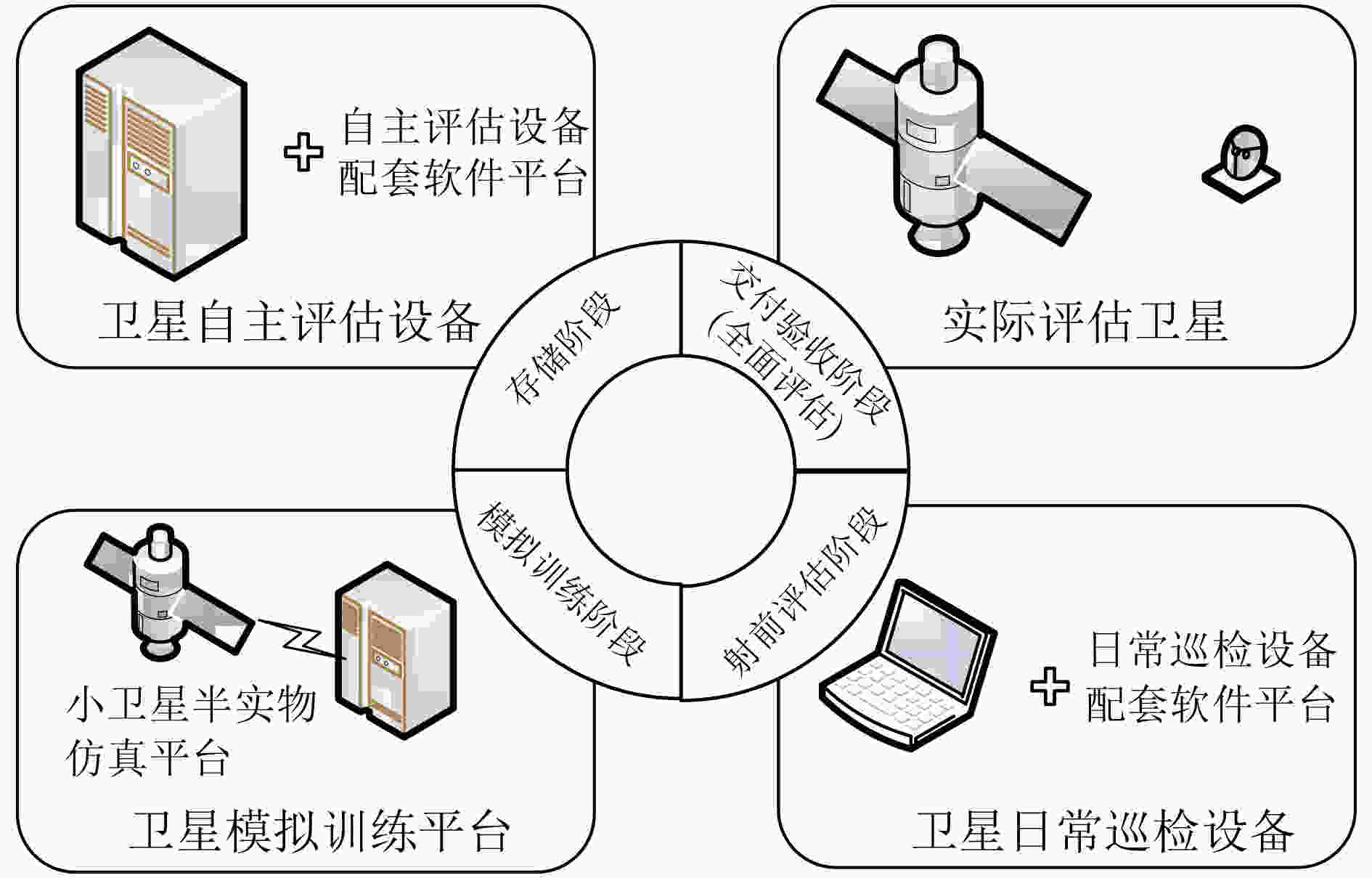
 下载:
下载:
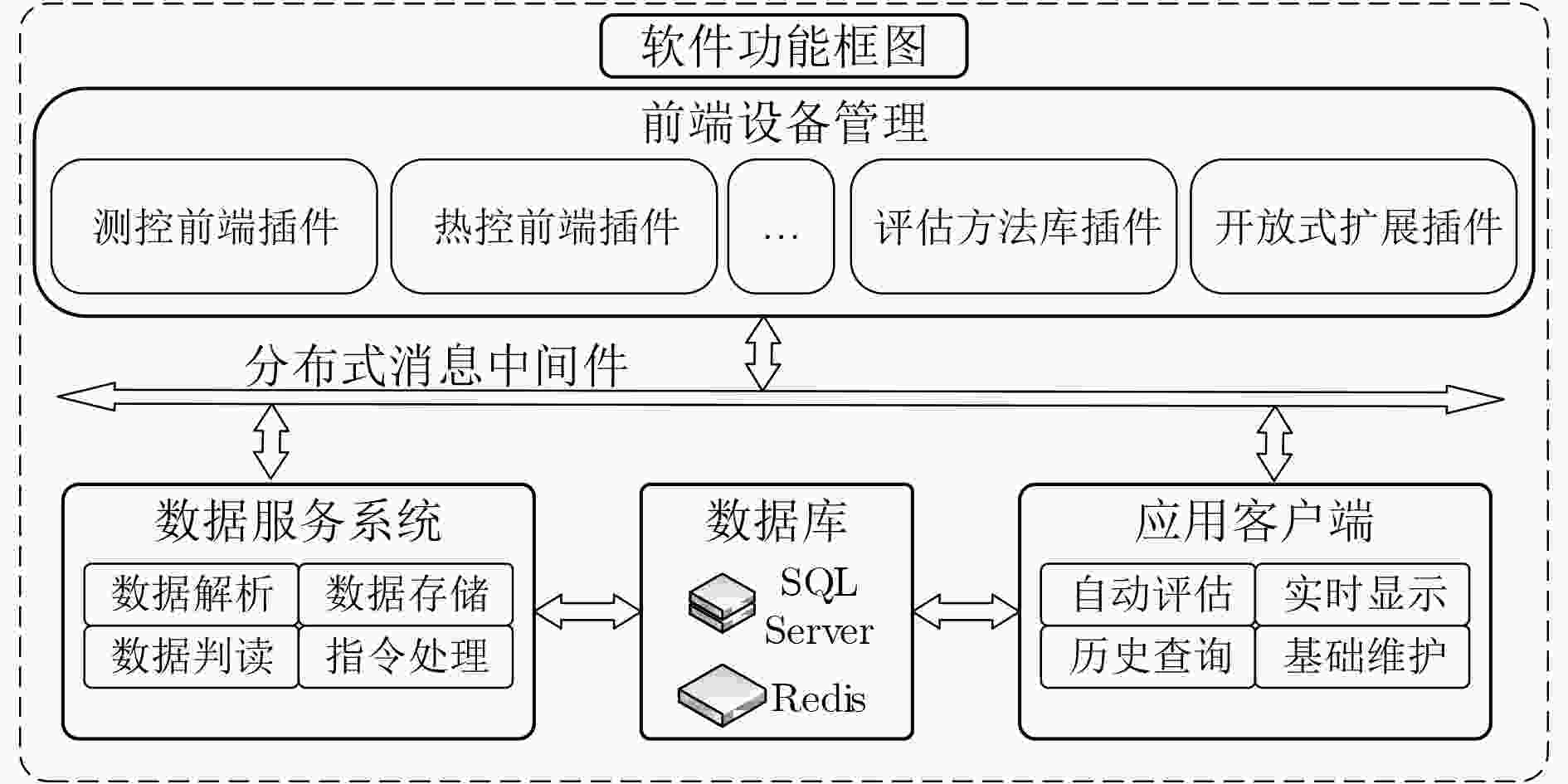
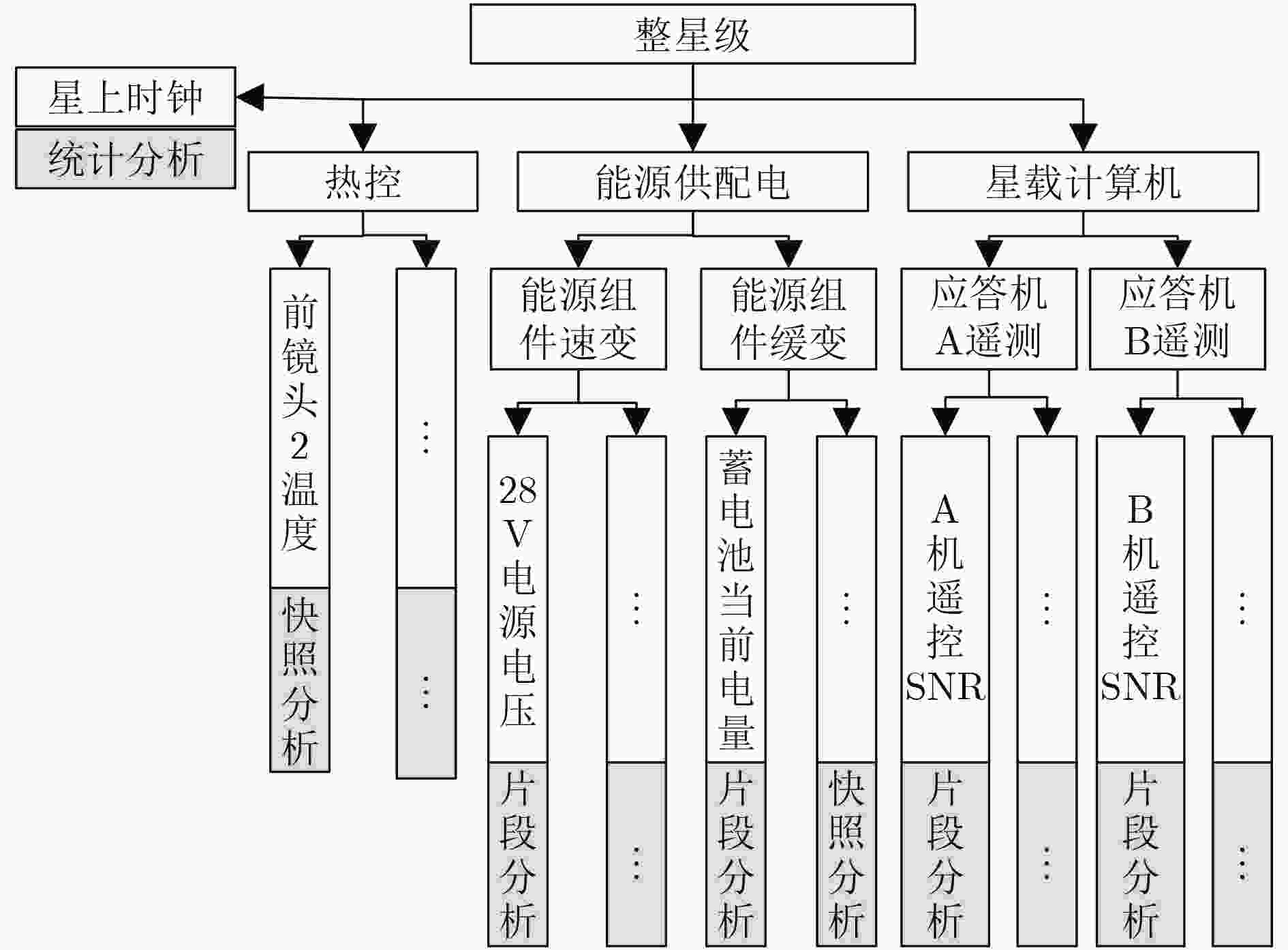
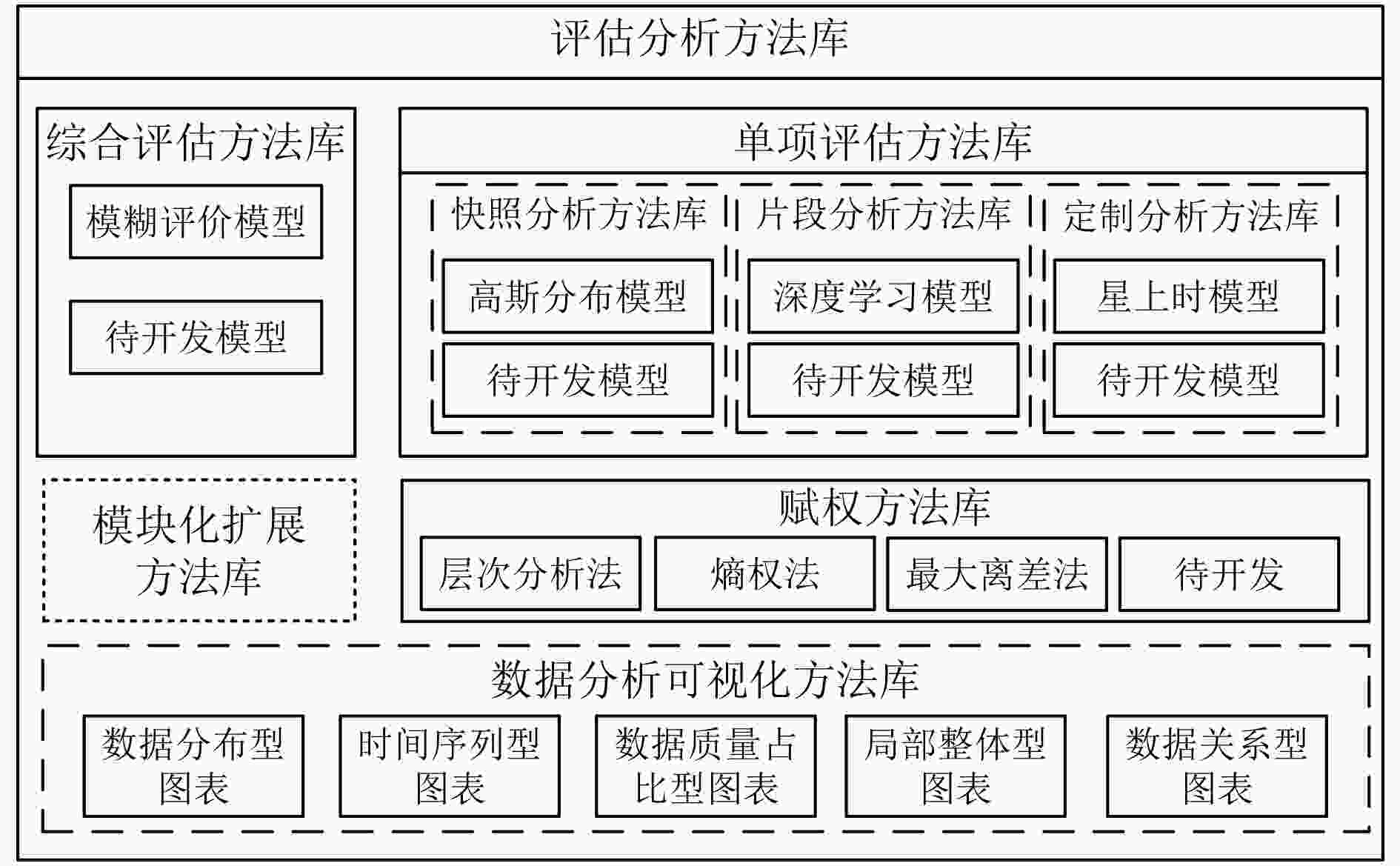
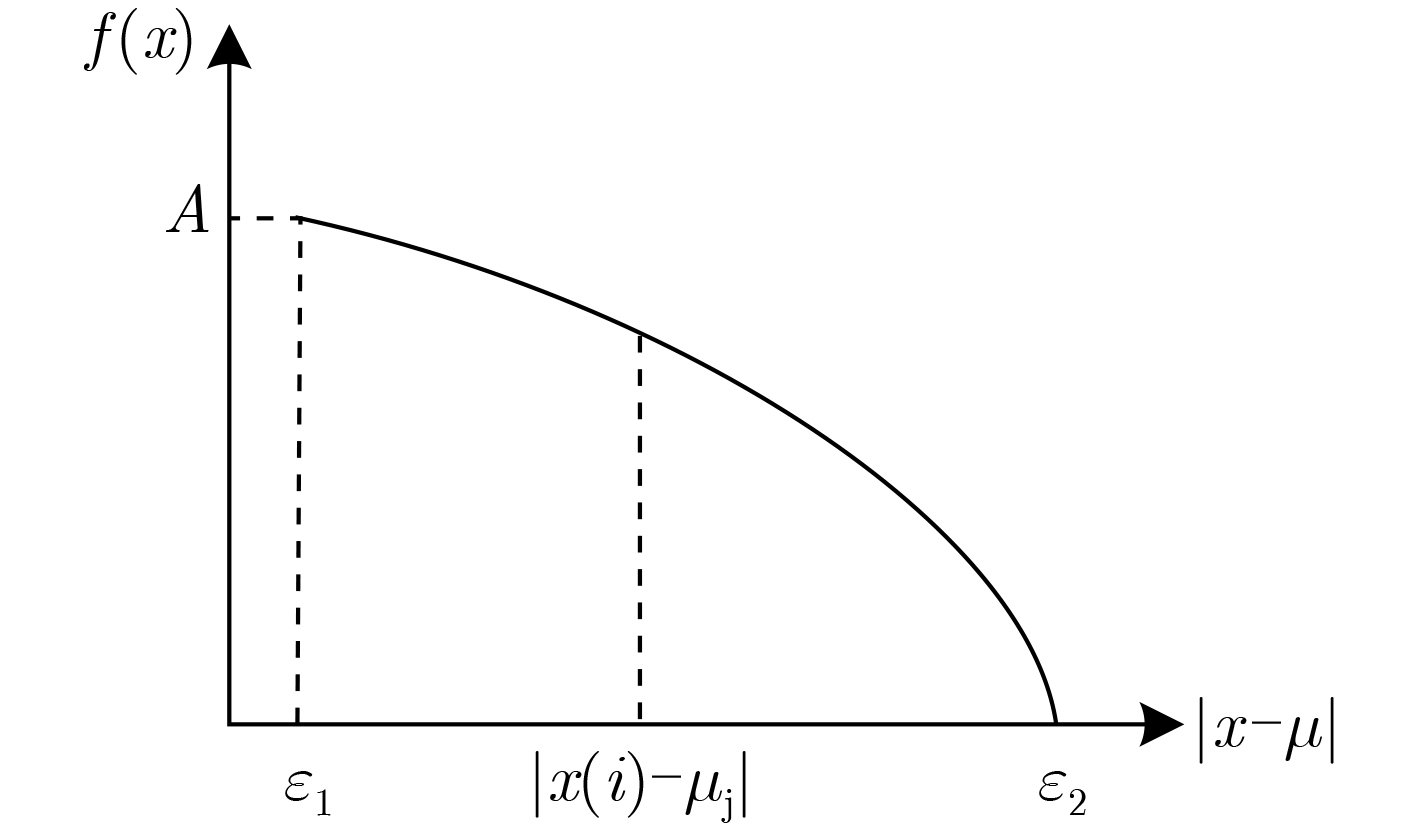
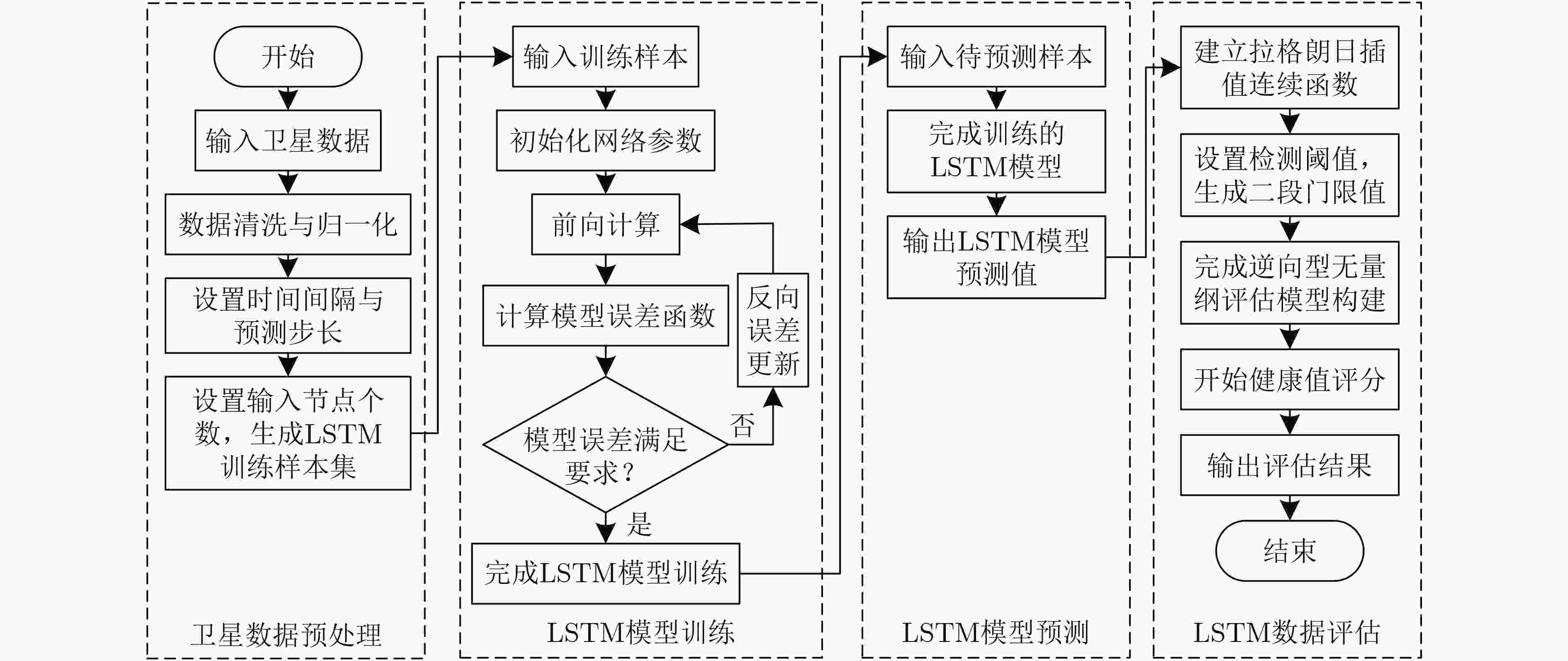

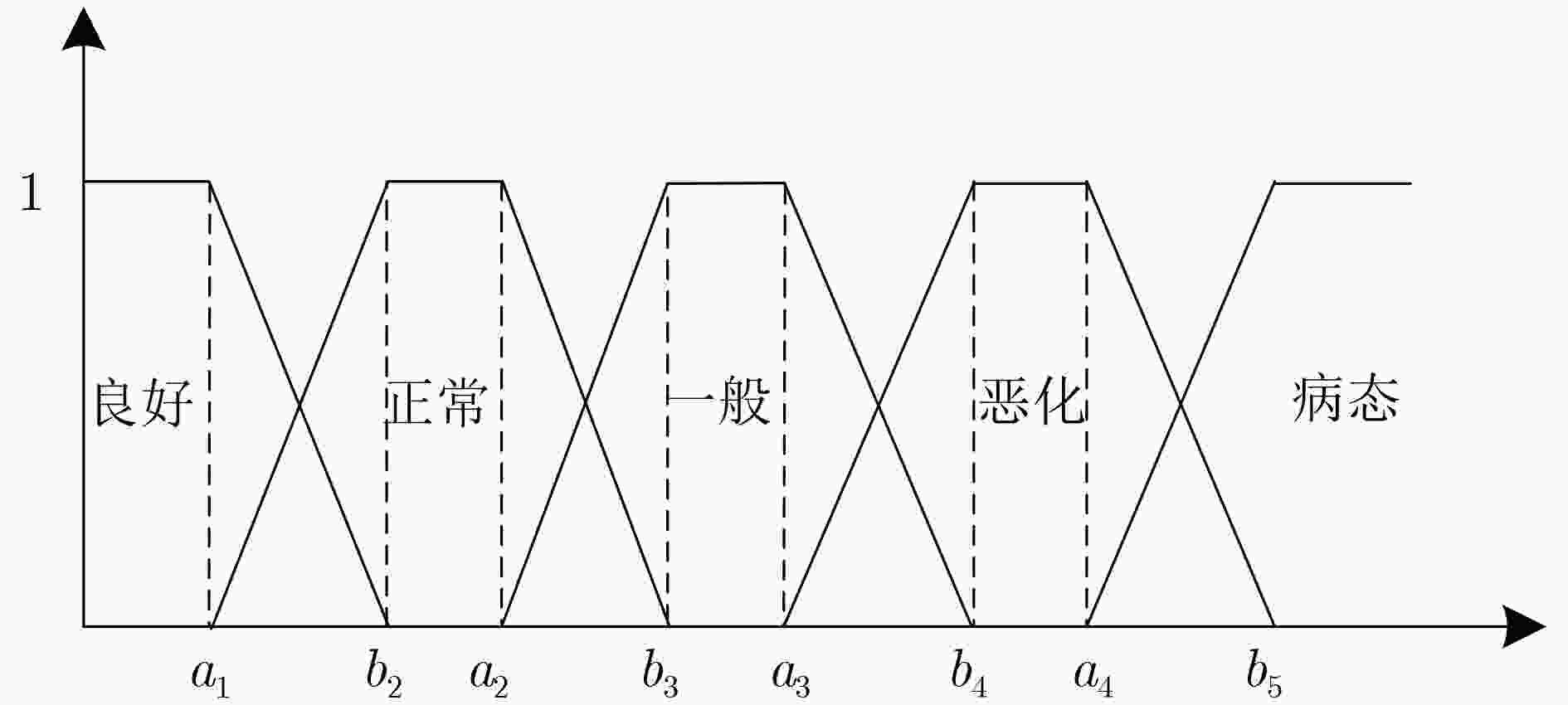
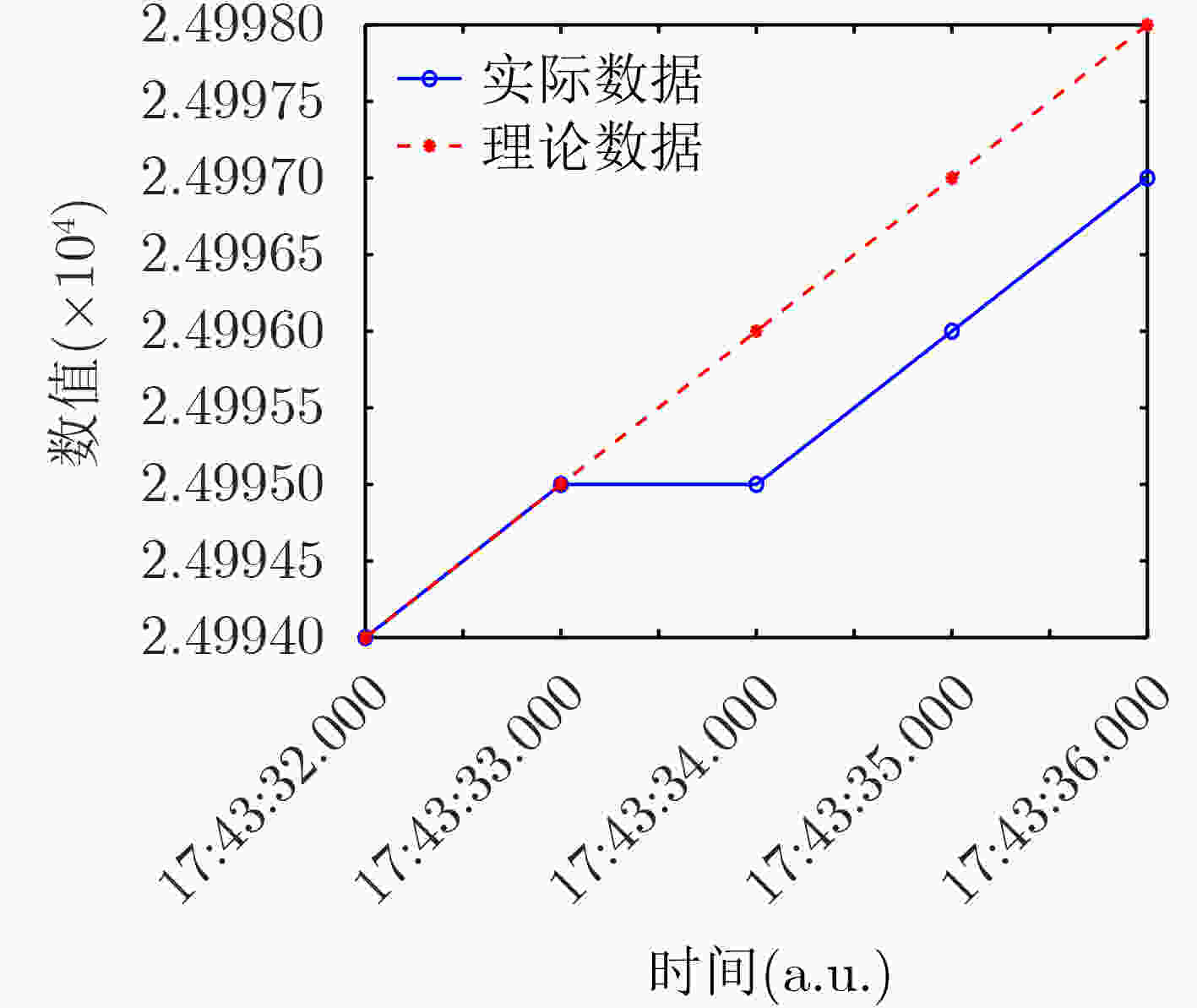
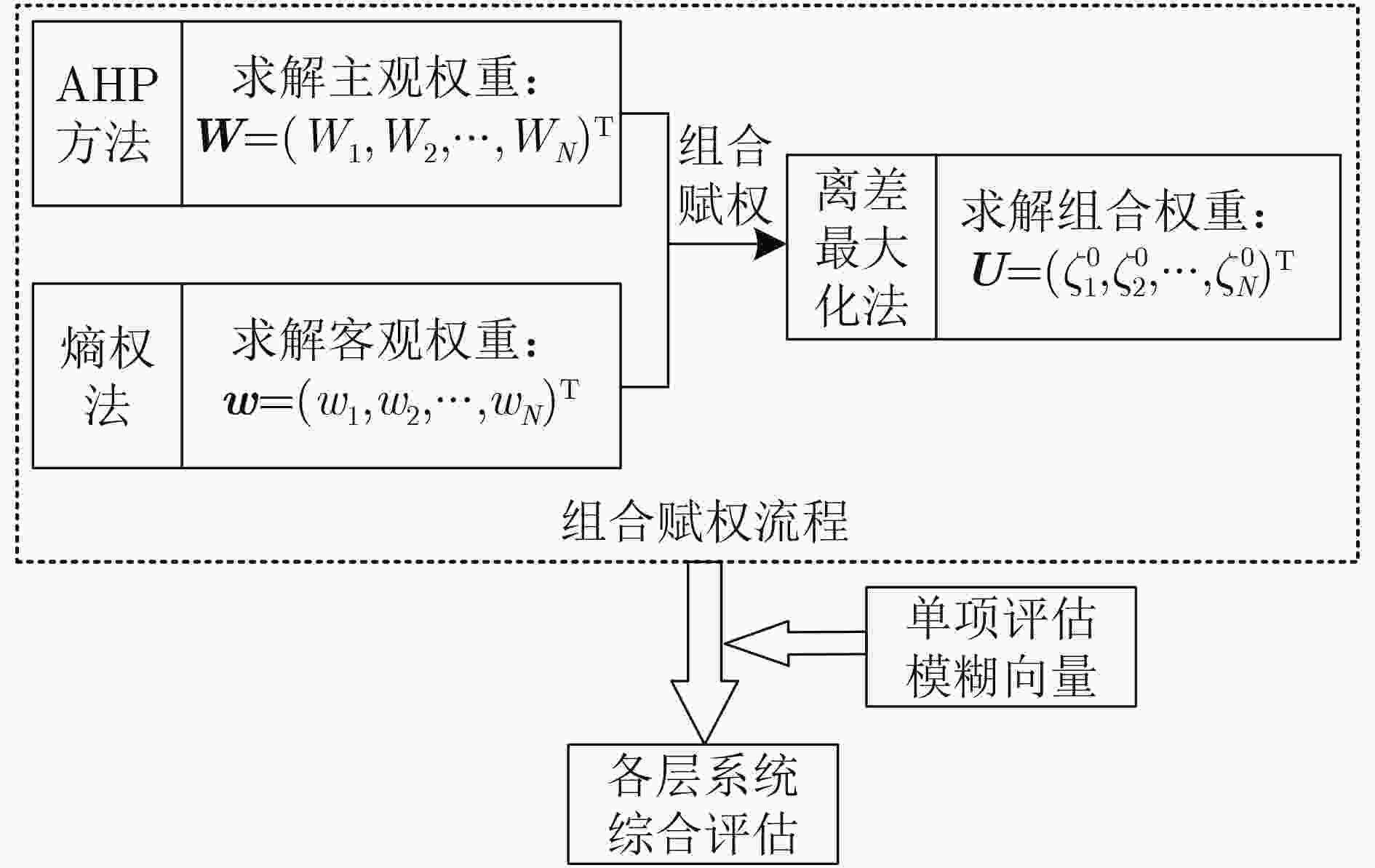
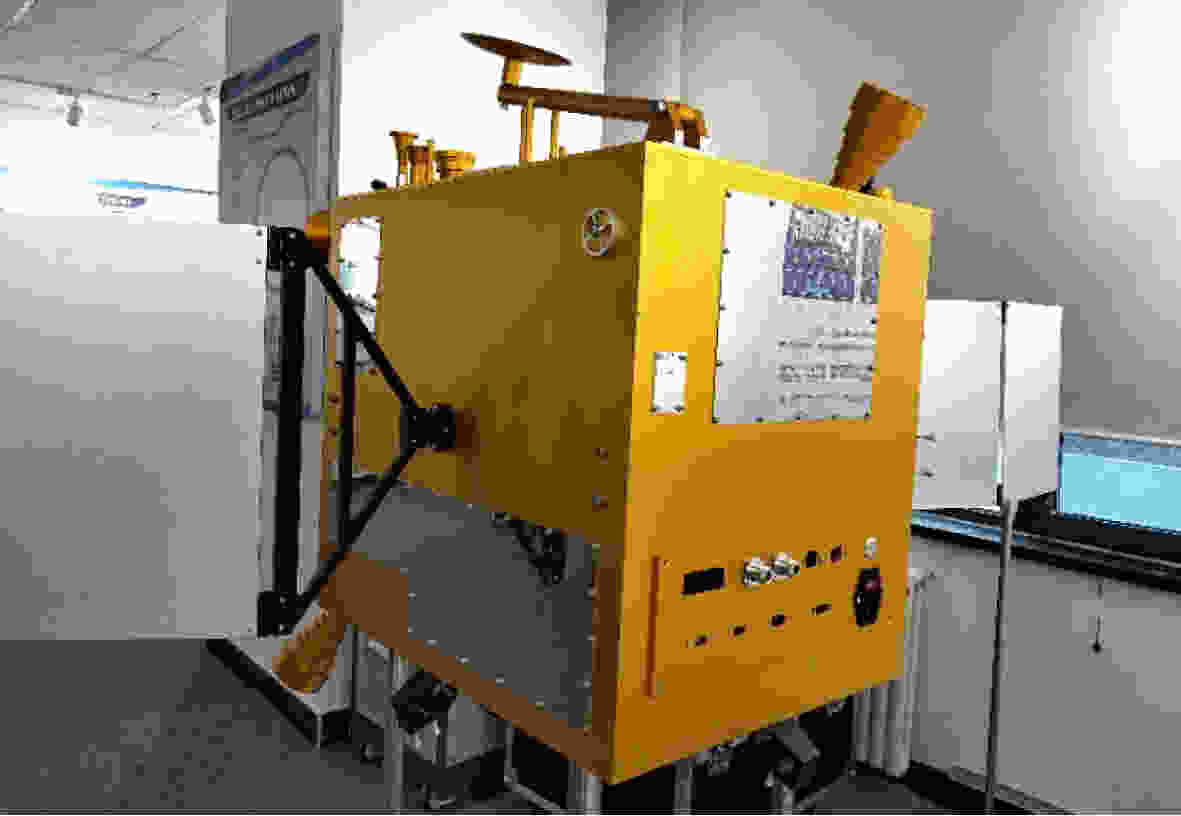


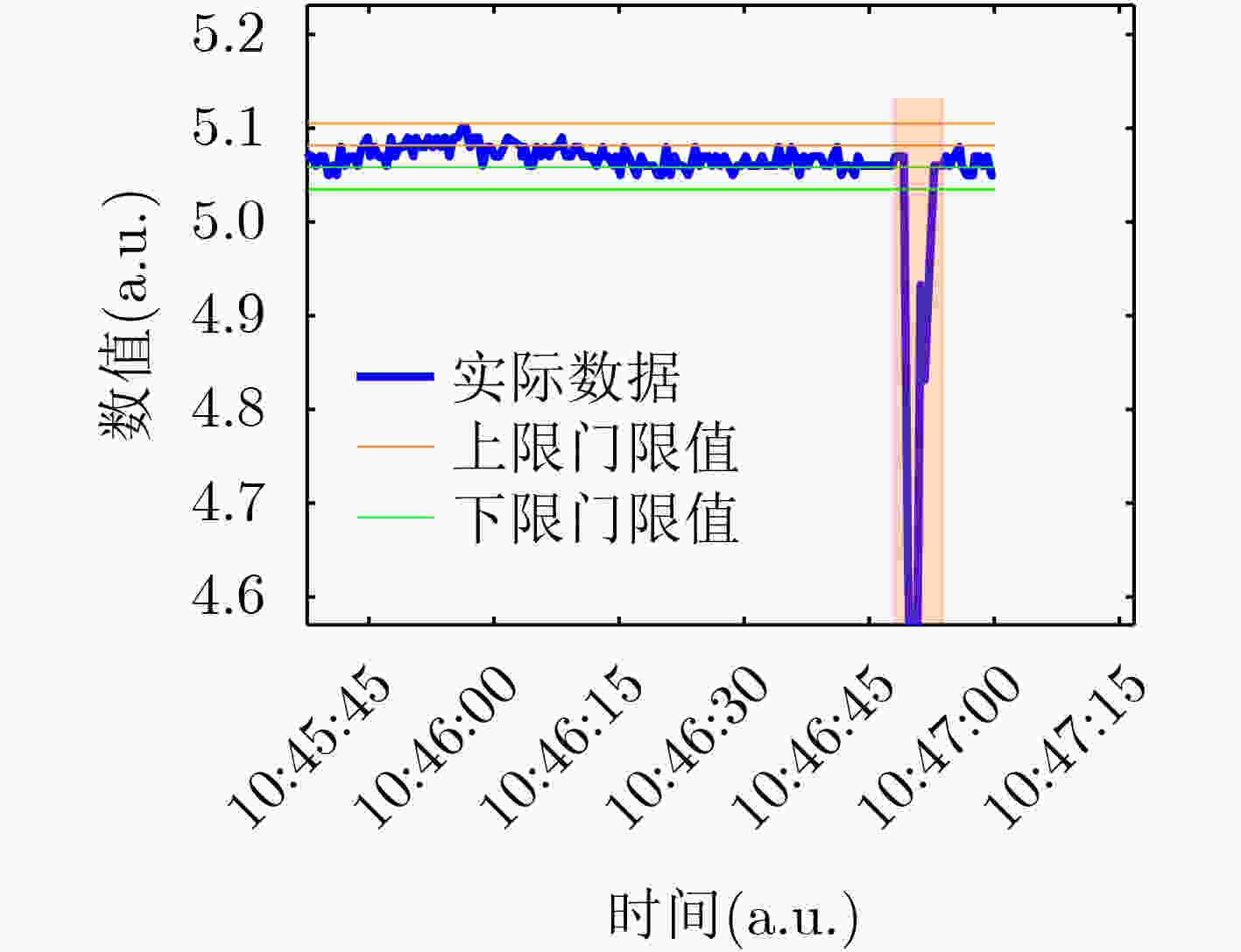
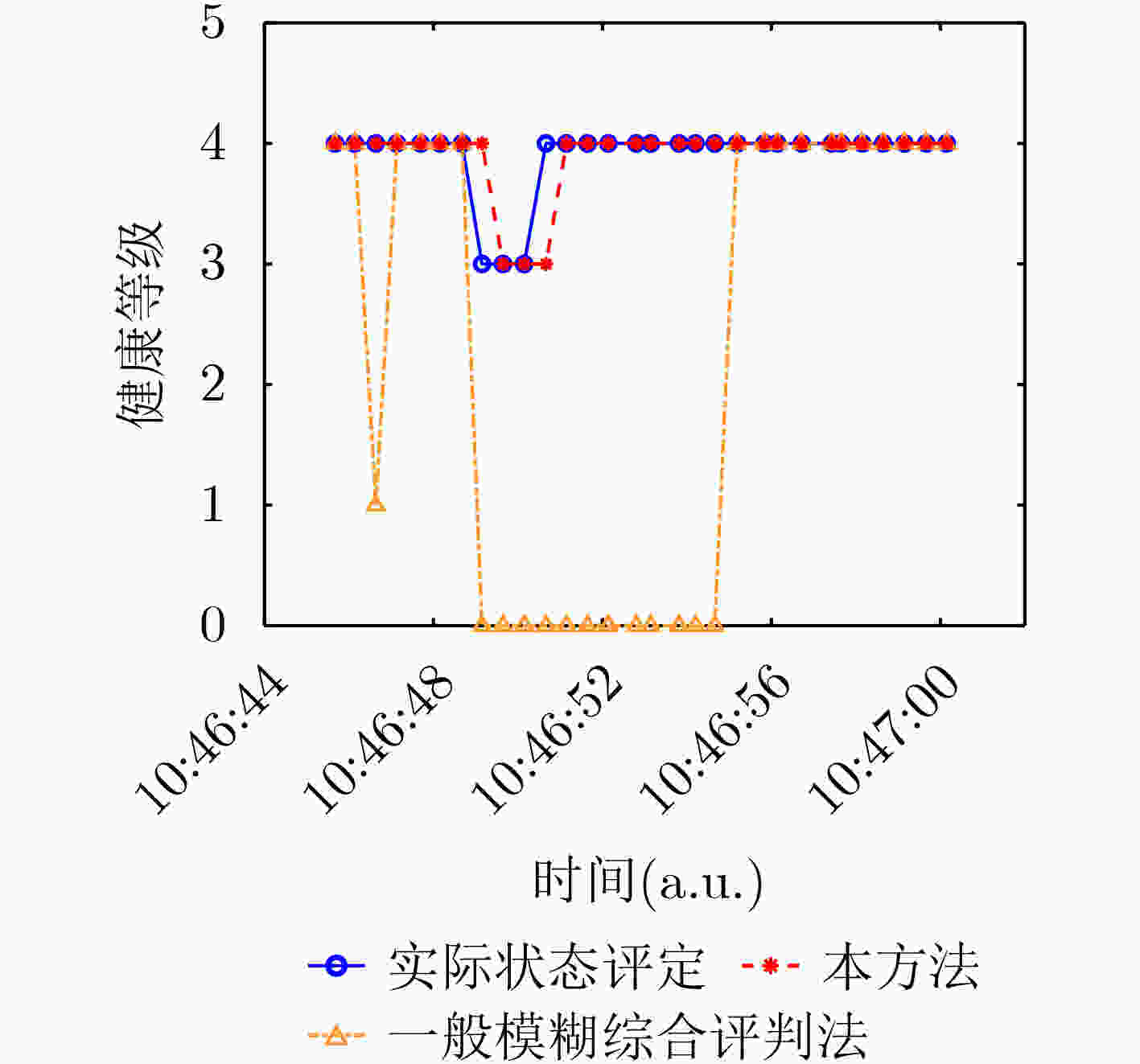
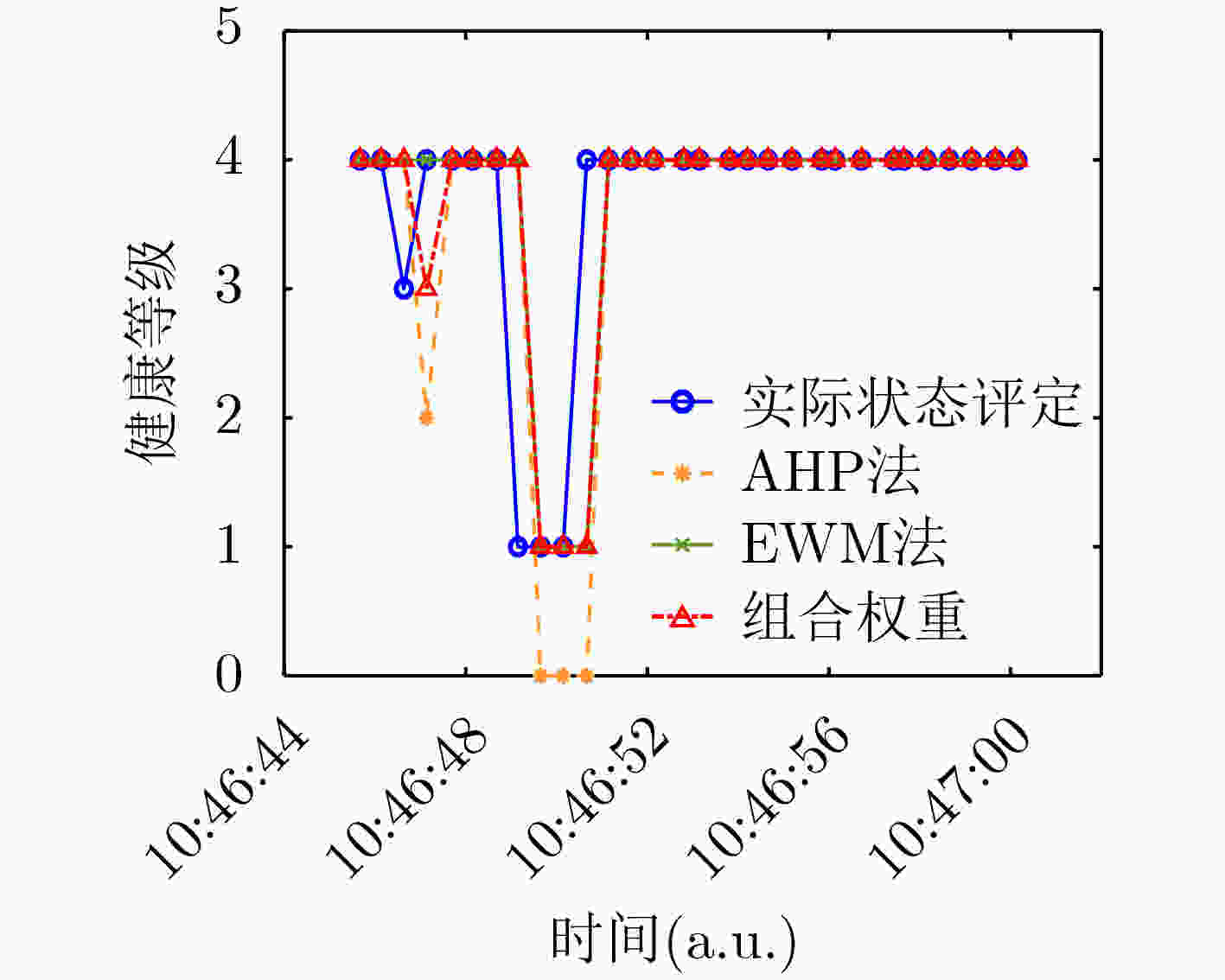


 下载:
下载:
